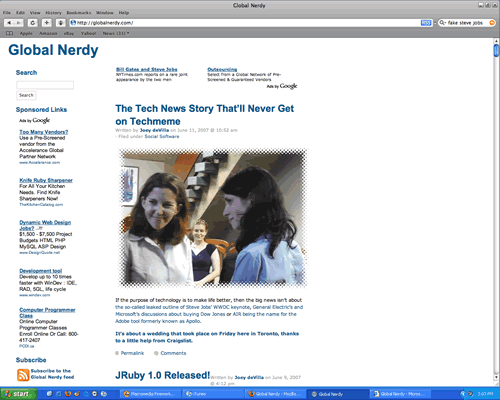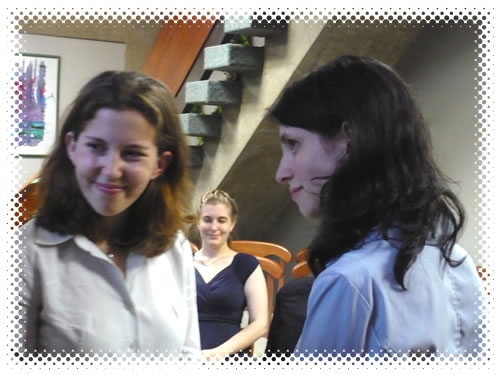Here’s an interesting video in the spirit of the Thirty-Six Youth Facts in One Hundred and Fifty-Nine Seconds video that I pointed to in an earlier blog entry: Shift Happens:
Here are some of the stats presented in the video, courtesy of the blog Where is Puck:
- 25% of the population in China with highest IQ is greater than the total population in North America
- The top 10 jobs that will be in demand in 2010 did not exist in 2004
- The U.S. is 20th in the world in broadband Internet penetration (just behind Luxemburg)
- Nintendo invested $140 million research and development in 2002 alone. The US Government spent less than half as much research and innovation in education
- 1 out of every 8 couples married in the U.S. last year met online
- There are 106 million registered users of MySpace. If MySpace were a country it would be number 11th largest in the world (between Japan and Mexico)
- It is estimated that 1.5 exabytes of unique new information will be generated worldwide this year. That’s estimated to be more than in the last 5,000 years
I find the societal predictions in the presentation a little more credible than the ones about artificial intelligence and single computers that will be able to outpace the entrie human race by 2050. I remember the promise of fifth generation computing in the 80’s — that artificial intelligence was just a decade away and that we’d all be communicating with our computers in natural language.
Minor quibbles aside, I found the presentation fascinating.
[A tip of the hat to my father-in-law, who first saw the presentation at a conference he recently attended!]
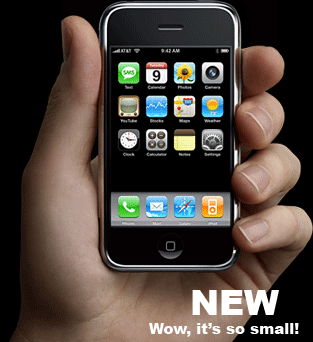
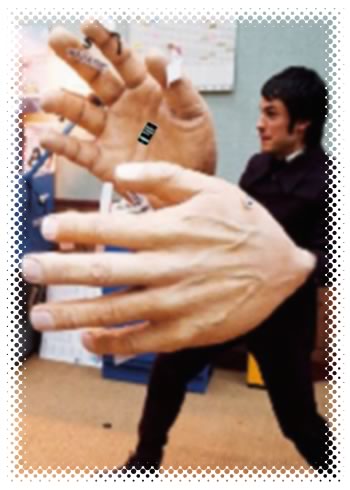


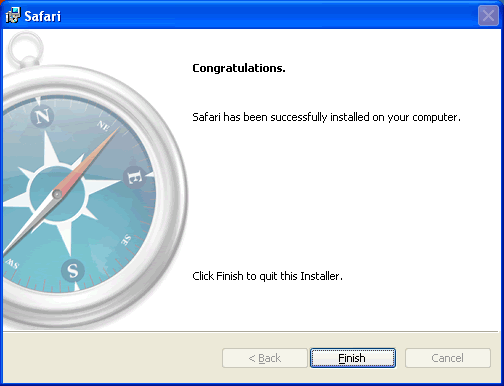
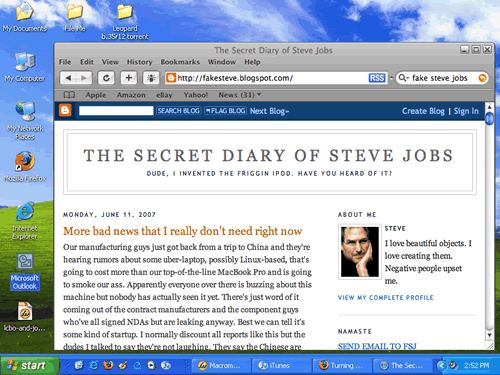
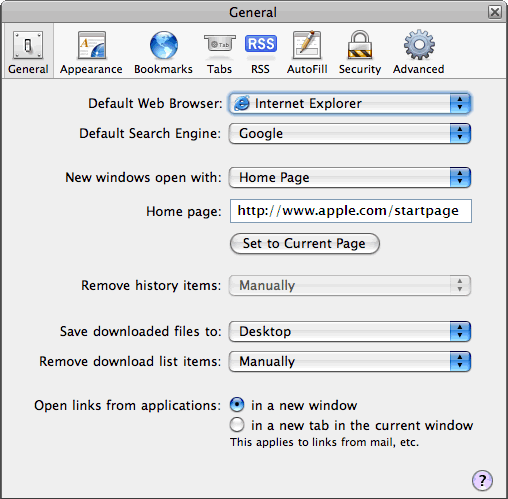
![Global Nerdy, as seen in IE 6 [preview]](http://globalnerdy.com/wordpress/wp-content/uploads/2007/06/global-nerdy-on-ie-preview.gif)

